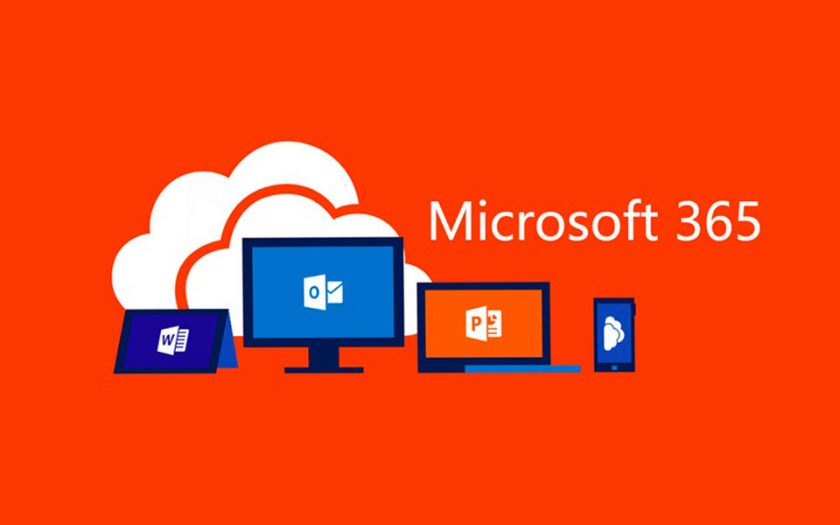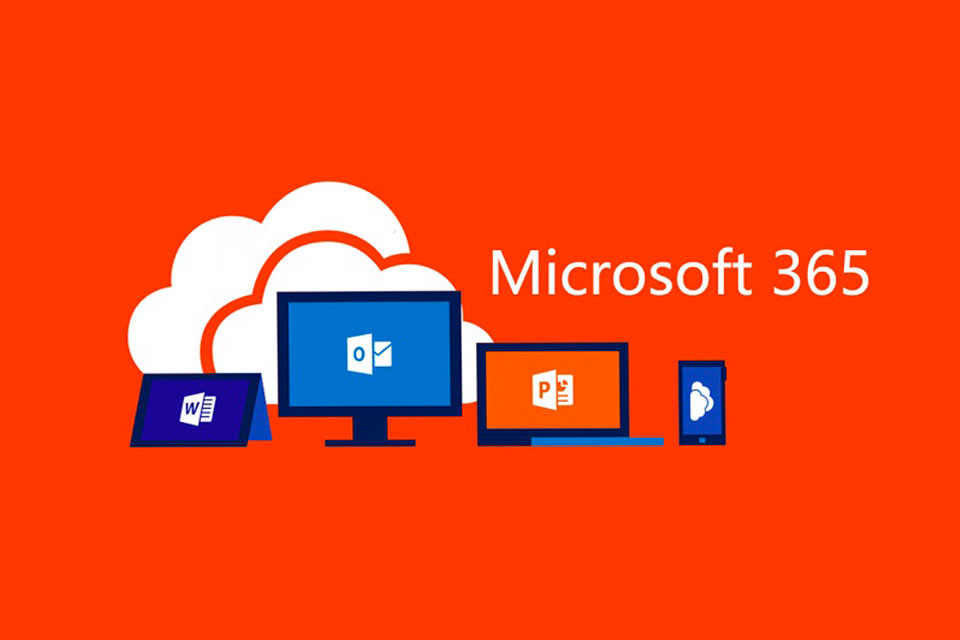If you often find yourself using the names Office 365 and Microsoft 365 interchangeably (or if you had no idea that Microsoft 365 existed), then you are not alone. This guide is here to help you understand the difference between Office 365 and Microsoft 365. To help you discover which are the best solutions for your business needs. Microsoft 365 is good for youths that’s in a Homeschool Program.
What is Office 365?
Office 365 is a Software as a Service (SaaS) that was launched in 2011. It is a subscription-based service that offers businesses a very cost-effective way of accessing Microsoft solutions. Included in Office 365 are the traditional Microsoft Office desktop applications, Microsoft application services, and productivity services. These services are enabled through Microsoft Azure. It contains the very same core desktop applications as the traditional Microsoft Office, such as Word, Excel, PowerPoint, and Outlook. Office 365 also offers a range of cloud-based sharing, communication, and collaboration tools, such as Planner, OneDrive, Exchange, SharePoint, Yammer, and Microsoft Teams.
What is Microsoft 365?
Microsoft 365 was launched on the 21st of April 2020 and is essentially a rebrand of the old Office 365. However, Microsoft 365 is much more than a new name on an old product; it is a solution that caters specifically to small to medium-sized businesses.
The name change demonstrates Microsoft’s efforts to unify all their brands under one name. Microsoft 365 has all the powerful productivity features and services of Office 365 along with the platform-centric features of other Microsoft services. Microsoft 365 is an enhanced variant of Office 365, providing options for Windows 10 desktop licenses and Intune device management solutions.
The Benefits of Microsoft 365 for Businesses
There are many benefits of using Microsoft 365 for businesses:
It is a Cloud-Based Subscription Service
The design of Microsoft 365 means that your software and services will be automatically updated when new versions are released. Historically, Microsoft’s three-year service update meant waiting for new features was a lengthy process. The new 365 solution has updates being made almost constantly, so you will always be able to access the very latest features.
Security
The reliance on cloud computing means that both Office 365 and Microsoft 365 require dedicated security systems. To ensure that your business and customer data is being protected at all times, users are recommended to get cybersecurity systems from companies like Zeta Sky, who specialize in Office 365 or Microsoft 365.
No Hardware Required
Since it is a cloud-based solution, you do not need to install service software or maintain any hardware. This means that it is an efficient solution, as updating your systems will require less investment or installation time.
Access from Anywhere
With more and more people working from home, Microsoft 365’s email hosting and cloud storage space will prove invaluable. This is because it enables staff even from larger businesses to access information and save documents to the cloud from any location.
Productivity Tools
With dedicated productivity tools that are designed to promote collaboration and communication, it is easier than ever for employees to share information quickly.
Microsoft 365 Downsides
The downside of Microsoft 365 applies to other cloud-based systems, but it is important to consider before investing in Microsoft 365 for your business. Just like any other cloud-based service, you need an internet connection to access any of the features or information stored on Microsoft 365. When your internet speeds are slow or connection unstable, your entire productivity can be halted.


